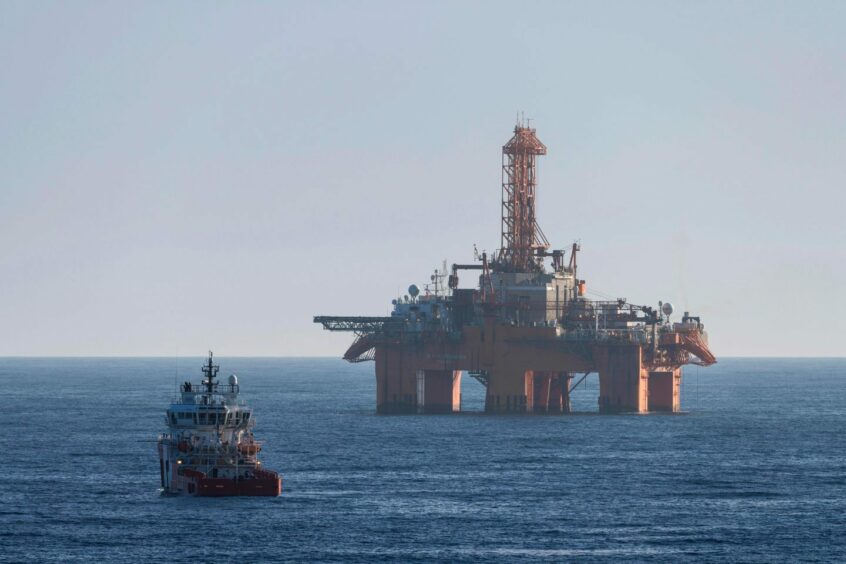
Electrifying upstream oil and gas assets to run on renewables or natural gas that would otherwise be flared could cut associated emissions by more than 80%, according to Rystad Energy.
Even partial electrification of upstream assets will “significantly cut emissions”, Rystad said.
The report identified what Rystad calls “premium energy basins” (PEB) as “key” to reducing emissions in the sector.
These 30 basins collectively produced more than 80% of the world’s oil and gas supply in 2024, and will continue to do so until 2050.
These producing regions include offshore and onshore basins located in the Middle East, Niger Delta, East Venezuela, Norway and Brazil among others.
The only region of the UK continental shelf (UKCS) categorised as a PEB is the Viking Graben basin.
Rystad said if PEB assets electrify and reduce emissions by 50%, a total of 5.5 gigatonnes of carbon dioxide (Gt of CO2) would be avoided by mid century.
According to industry standard calculations, this reduction in CO2 emissions alone would avoid around 0.025 degrees Celsisu of global warming during the same period.
Rystad Energy vice president of upstream research Palzor Shenga said the oil and gas industry is under increasing pressure to decarbonise and operate sustainably.
“Where it’s possible and economically viable, electrification has great potential to lower the industry’s emissions while maintaining production output,” Shenga said.
Norway in ‘prime position’ for electrification
Rystad said Norway is in a “prime position” that is “almost unique” among major oil and gas producers when it comes to electrification.
The Nordic country can tap into “abundant renewable energy resources, particularly hydroelectric power”, to reduce emissions, Rystad said.
An early mover in retrofitting its assets to run on renewable energy, Norway now has plans to cut emissions from its offshore assets by 70% by 2040.
Norwegian state-owned operator Equinor recently completed a project to partly power its Troll B and C platforms in the North Sea from shore.
Its Troll A platform was the first to run on power from shore on the Norwegian continental shelf since it began production in 1996.
Norwegian operator Aker BP is also progressing plans to connect its Yggdrasil development to shore power from its planned start up in 2027.
Rystad said most the country’s key production sites are “strategically located” near potential renewable energy sources.
This facilitates an easier transition away from using fossil fuels to power offshore assets while remaining economically and financially viable for firms.
Meanwhile, Rystad said other producing countries may face logistical challenges when converting assets, including large distances from the mainland, a lack of grid infrastructure and limited renewable power capacity.
Oil and gas electrification globally
The Rystad report said electrification of oil and gas assets requires “careful planning”.
Considerations include selecting the right technology, an assessment of total costs, and the ability ensure continuous energy supply in remote areas with limited grid access.
Operators should also prioritise economic and financial viability, Rystad said.
The report found a proactive approach to electrification can enhance operational efficiency as well as open up new revenue streams by selling excess renewable energy generated.
UK operators in the North Sea are exploring various options to electrify offshore assets, including power-from-shore, floating wind and even miniature nuclear reactors.
Equinor plans to electrify its Rosebank development in the West of Shetland, but the firm has said it will not achieve this until years after reaching first oil.
Fellow West of Shetland operator Ithaca Energy pulled out of an industry group focused on electrification last year, highlighting the challenges of electrifying its Cambo project.
It comes as the UK oil and gas regulator continues to warn operators it will not hesitate to shut down assets which do not meet emissions mitigation requirements.
Globally, Rystad electrification within the 28 PEBs identified in its report could offer total emissions savings o about 1.3 billion tonnes of CO2 between 2025 and 2030.
Methane flaring
While the report focused on electrification to reduce carbon emissions, Rystad also identified potential to cut methane emissions by reducing flaring.
“Flaring, the practice of burning off excess natural gas that cannot be processed or sold, not only wastes a valuable resource but also emits substantial amounts of CO2 and methane into the environment,” Rystad said.
“Flaring plays a major role in global emissions primarily due to the lack of economic incentives, regulatory frameworks or technical capabilities to develop gas markets and infrastructure.
“About 140 billion cubic meters per annum of gas has been flared globally in the last 10 years, equaling about 290 million tonnes of CO2e emissions annually.”
Rystad said these emissions are primarily driven by major producers in North America, the Middle East and Africa, regions which can have limited electrification potential.
“Hence, flaring avoidance can be an effective way of reducing upstream emissions for both electrified assets and assets with limited electrification potential,” Rystad said.
Recommended for you
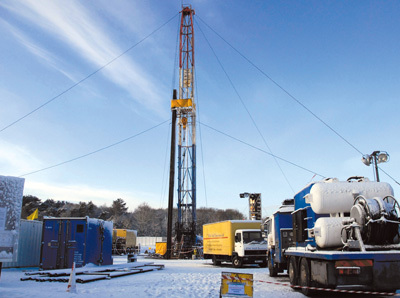
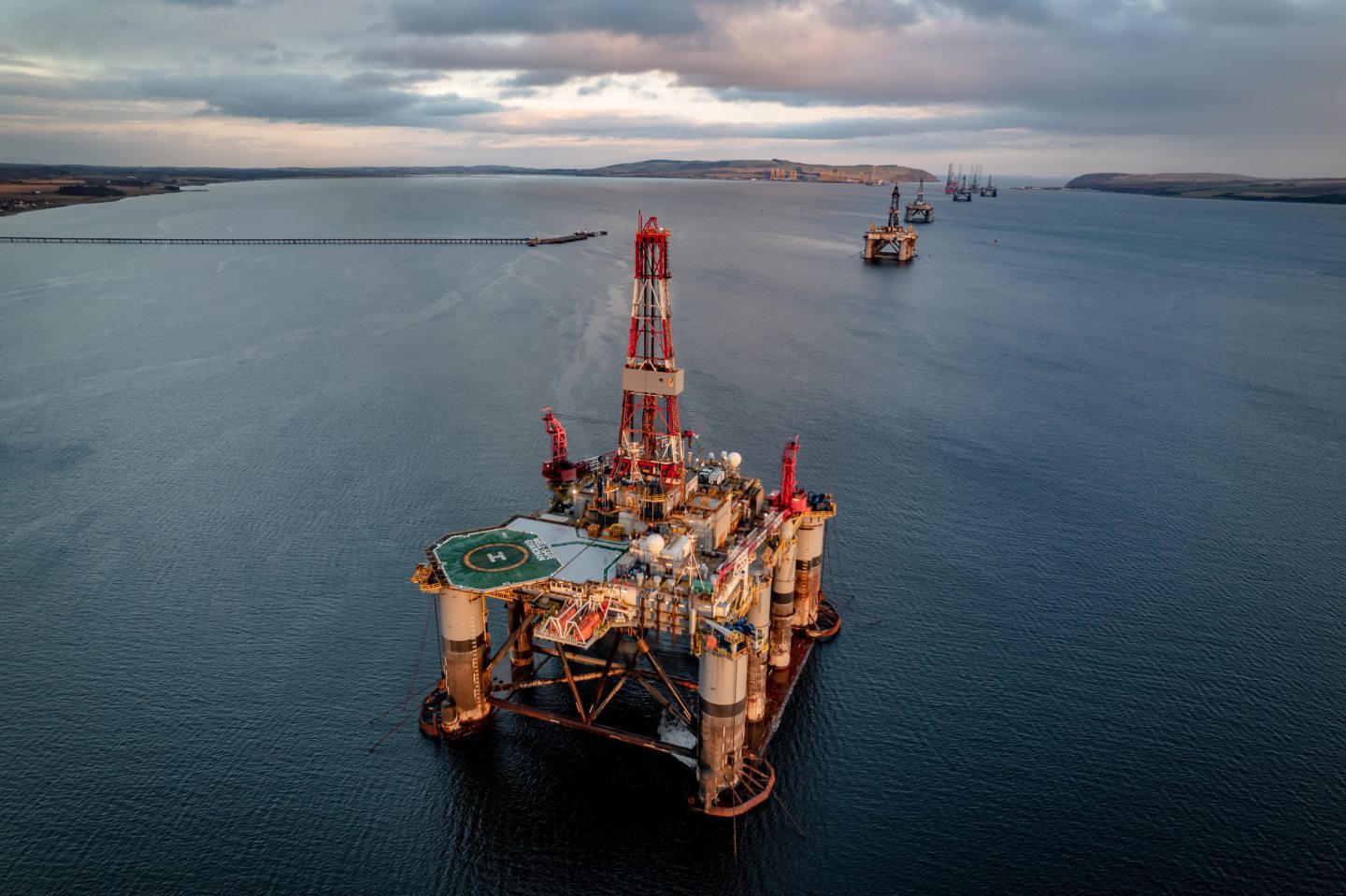 © Supplied by Hot Tin Roof
© Supplied by Hot Tin Roof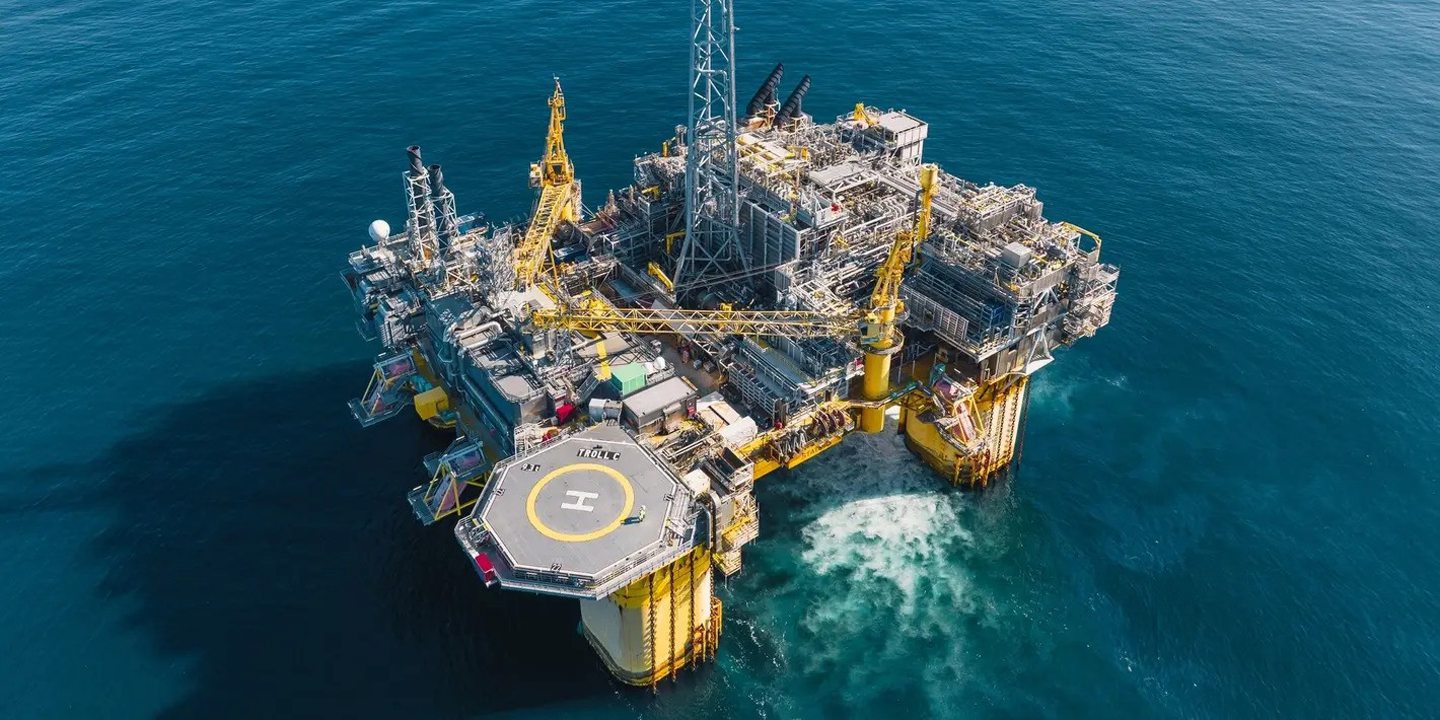 © Image: Equinor
© Image: Equinor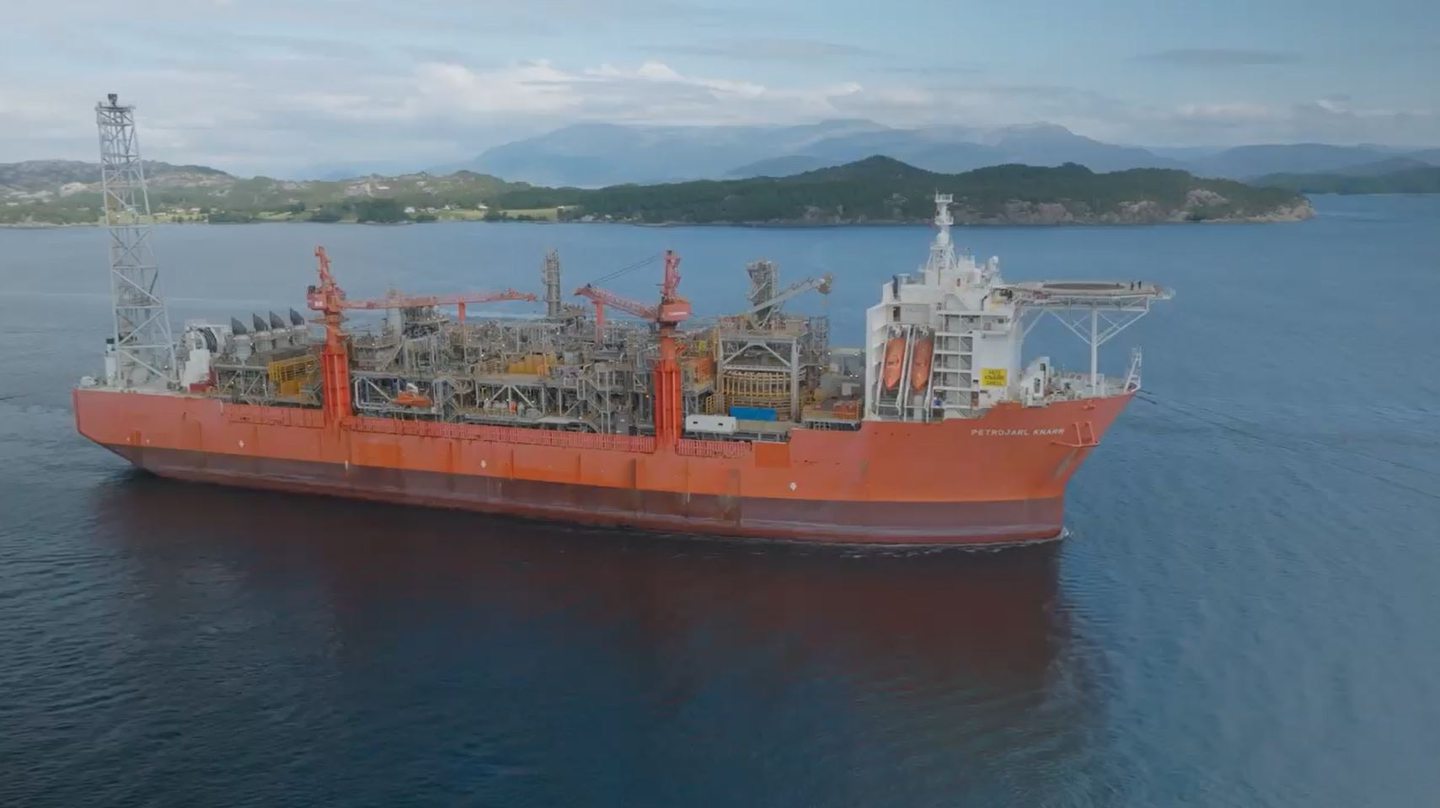 © Supplied by Altera Infrastructur
© Supplied by Altera Infrastructur